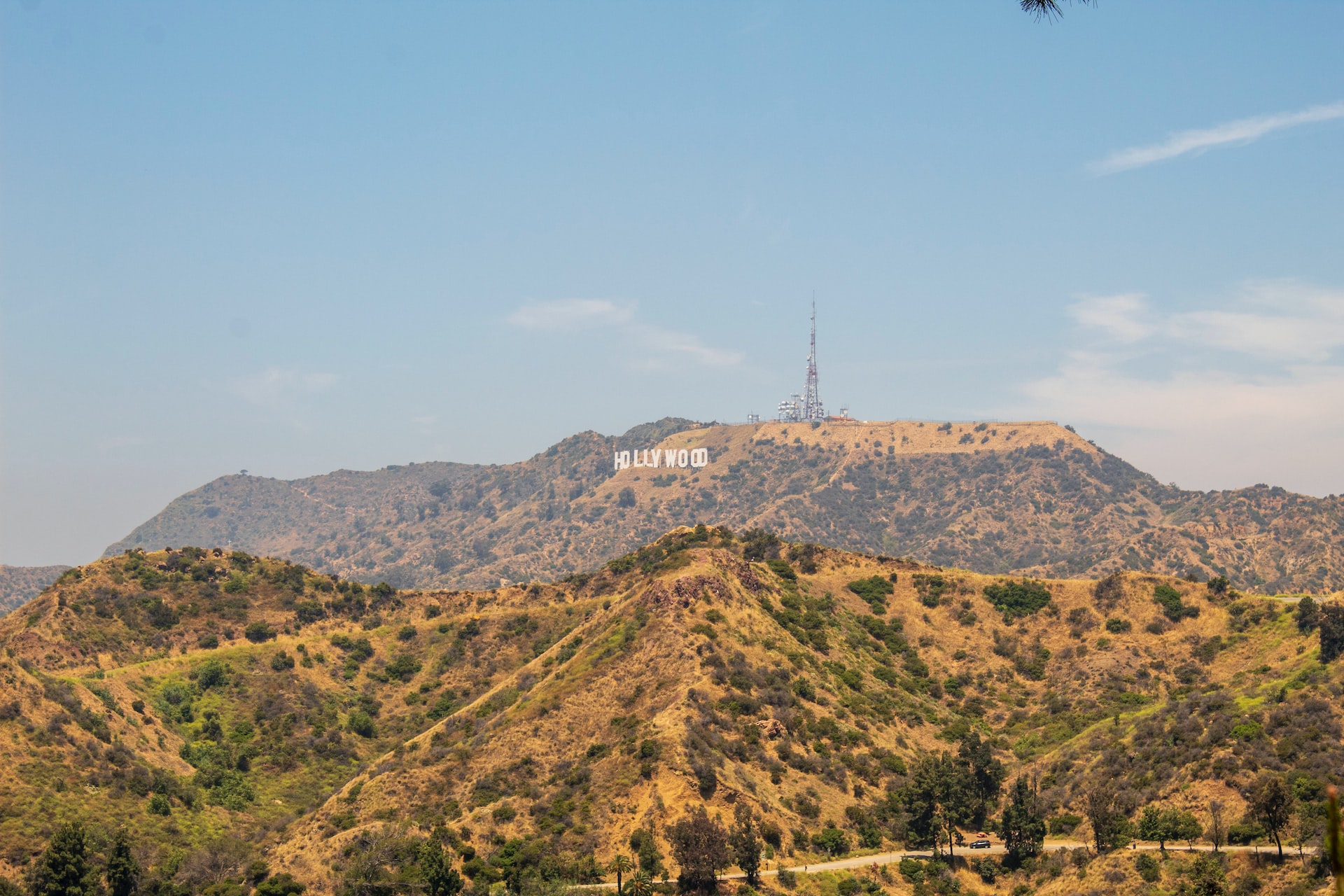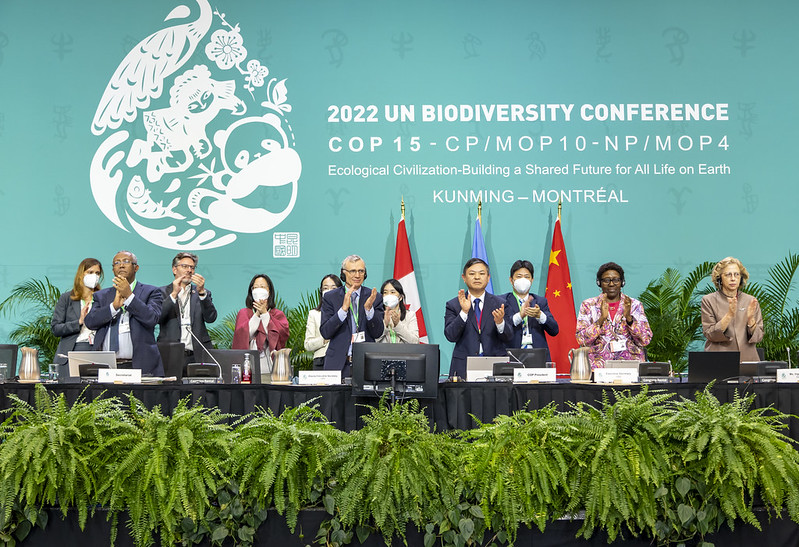P-22, Biodiversity, and Human Impact
Jan 13, 2023
Before we left for the holiday break, the sad news of P-22’s passing broke. Los Angeles’ famous mountain lion made waves a decade ago when he was caught on camera prowling through Griffith Park. While this may not seem that astounding, Angelinos and Californians alike realized what this meant for the city of Los Angeles.
For P-22 to make it into Griffith Park, he had to cross the 101 Freeway from the Santa Monica Mountains. As one of the most heavily trafficked freeways in California, the fact that P-22 was able to cross without any injury was a miracle in and of itself.
Perhaps even more miraculous was his reign in Griffith Park. He was the only mountain lion in the area, cut off from the main population residing in the Santa Monica Mountains. Instead of cohabitating with other cougars, P-22 found a way to coexist with humans - something relatively unheard of in modern America, let alone a city as big as Los Angeles.

While residents of the local area loved P-22, the living situation came with its challenges. At the end of P-22’s life, it had been revealed that he had signs of conflict with humans - a fractured skull from being hit by a car and a parasitic infection known in domestic cats.
The decision was made that the most humane thing would be to euthanize P-22.
While P-22 is no longer with us, his mark (or paw print) on history will forever be the cougar who changed how people view wildlife.
Los Angeles used to be nothing but open fields and rolling hills, but as the city grew, that environment vanished practically overnight. Overdevelopment had driven out the native species that called L.A. home, long before we ever laid our hands on it. P-22’s life in Griffith Park sparked our curiosity - something that was once thought to be long gone had suddenly reappeared.
Not only sparking curiosity, he sparked hope in conservationists around the world. His presence signified how resilient nature can be, even in a changing environment.
P-22 became a symbol for reviving biodiversity. When we talk about sustainability, biodiversity often gets left out of the conversation. However, biodiversity impacts every one of us, and in turn, we impact it too.
Everything from clothing production, farming, and even development impacts biodiversity - if not done properly. We have a short video explaining the ins and outs of biodiversity, but one of the key components of having strong biodiversity within an ecosystem is healthy soil, clean water, and clean air.
Sounds simple enough, but when we look at how our stuff is made, we quickly see that our current systems of production are contributing to the degradation of biodiversity around the world.
You can probably hear us yelling from the mountaintop to dive into your supply chain and understand what is happening at each phase of production. And no - this isn’t reserved for the sustainability department at your company. Ask questions, be persistent, and hold your company accountable for the impacts they have around the world.
What about those of you in a different line of work? Students? Stay-at-home parents/caregivers? Yep, you can be involved in protecting biodiversity too!
One of the best places to start is with the newly adopted Kunming-Montreal Agreement. Put in place at the COP15 Summit, these 23 targets offer a framework to protect biodiversity on a global scale. They’re kind of like the SDGs, but with a specific focus on animal welfare, the protection of different ecosystems, and legislative action to make it all happen.

After you’ve given that a look through, focus on what you’re passionate about. Maybe it’s the ocean, or the mountains, or the deserts - it could even be all three or something else entirely! Now that you have your spark, it’s time to get involved.
This could be volunteering some of your time on weekends, donating money if you have the means to do so, or advocating for different organizations or movements on your social media.
However you choose to get involved, it’s important to remember that you can have an impact.
It’s funny to think how one mountain lion in Los Angeles changed how people around the world view development, biodiversity, and human impacts, but P-22 entered the scene right on time.
The Wallis Annenberg Wildlife Crossing has been under construction for about a year and with P-22’s passing, the crossing has garnered even more support from people up and down California. Currently under construction in Agoura Hills, the crossing will connect the Santa Monica Mountains to ecologically isolated areas in Los Angeles via an overpass above the 101 Freeway. Set to be complete in 2025, the Los Angeles area will soon have a rejuvenated ecosystem teeming with life.
If you want to get involved with or learn more about L.A.’s biodiversity efforts, check out the National Wildlife Federation and their extension - Save LA Cougars. Plus, if you’re in the L.A. area and want to participate further, there will be a celebration of P-22 and a fundraiser on February 4th at the Greek Theatre.
Thank you for joining us and if you’d like to stay connected, follow us on Instagram or subscribe to our weekly newsletter! Have a question? Send us a note at [email protected].
Talk soon!
McKenzie
#keeplearning #biodiversity #sustainability
